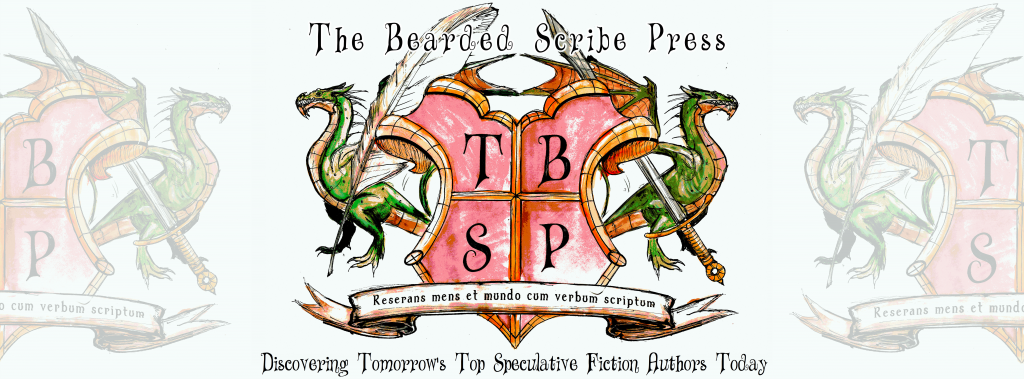"If we value the pursuit of knowledge, we must be free to follow wherever that search may lead us. The free mind is not a barking dog, to be tethered on a ten-foot chain."I’m not talking about research for writing knowledge. I’m talking research on story facts. Doing proper research concerning a story idea does two things: makes your story more believable (especially for those know-it-alls that have intimate knowledge about the setting/character/profession/etc. in your story) and gives you ammunition for future ideas.
~Adlai E. Stevenson, Jr.
To do proper research, the most important thing to look for is credibility. The old saying goes “There’s two sides to every story.” Well, when it comes to information in the real world, there are INFINITE sides to the story. A basic example is hearing something from a friend that happened TO HIM versus that same friend telling you something that he heard from a friend about her cousin’s great granddaughter’s boyfriend. One has the credibility of being straight from the source while the second…well…we’ll say kindly that nasty rumors have been perpetuated in the same fashion for eons. (You can’t tell me all those story scenes drawn on vases and cave walls are strictly truths that happened to the artist–especially the “alien” ones.)
There are many ways to look for credibility. The easiest and quickest way is to look for references. Obviously, if the information is straight from the source (such as a magazine that has published an interview with an expert) the written words should be taken as they are. Otherwise, if someone writes an essay or discussion about a topic (such as countless Wikipedia entries) but doesn’t put any references, they could just be writing information as it comes to them.
Let’s see…I can do that!
"Cardboard boxes are often made by hand in third world countries. Underage children pound wet wood pulp beneath their feet until flat sheets are made, then older children with steadier hands and more aptitude for astute attention use precise amounts of glue to mold the internal wavy section for the recognizable ‘poof’ of cardboard. From there, a third batch of children are assigned cutting and shaping the boxes to the various sizes required by companies world-wide. The pennies a day it requires to keep these children fed and clothed are why boxes are usually so cheap!"Now, see how easy it is to make something up? I’ve written enough essays in school to have become an expert at the art of bullshitting and making it look good on paper. Fortunately, no amount of bullshitting can make up for a good reference.
The second stage to credibility checking is to CHECK THE RESOURCES. Wikipedia is a fine example of circular referencing. Someone makes something up-or just misquotes facts-but leaves the reference out. A desperate researcher (grad student, college student, article writer, etc.) needs a quick fact for what he or she is writing and jumps on Wikipedia. They pick up the wrong information, put it in their paper for publication, and reference Wikipedia as the source. Wikipedia editors tag the article on their site as needing references. A well-intentioned (but unobservant) person does a search for where that particular piece of information came from and finds the article, failing to notice the Wikipedia reference at the end. They add the reference to the article as a source for the information in Wikipedia. The end. What happened? References weren’t checked.
Follow the references and check those for credibility. It’s a long, tedious process, but well worth it. The upside to it? It leads you to more sources for you to do your own research on!
The other side to doing research this way is that it gives you fodder for future ideas. In this example, I’ll use myself with a real happening. I wanted to write a story about a Japanese province and needed to do research for it. During the research on the culture of the area, I found that one of the distinctions of that area in this modern age is a large percentage of the houses still use shoji screens for their houses. Not for decoration as many in the United States use them, but for walls (external AND internal, though the materials used are slightly different). This led me to do more research on the processes they use for making the screens, what materials, and other information. Though I never used the knowledge gained from that portion of research in my story, I have it now for future stories (or personal use).
Let the search for knowledge lead you to places you weren’t expecting and grow your world view and knowledge base. Expand your already vast “useless knowledge” database and make your stories richer and more realistic. But remember, always, to look for the truth in your research and not just a “quick fix!”
"If you have knowledge, let others light their candle in it."~Margaret Fuller




No comments:
Post a Comment